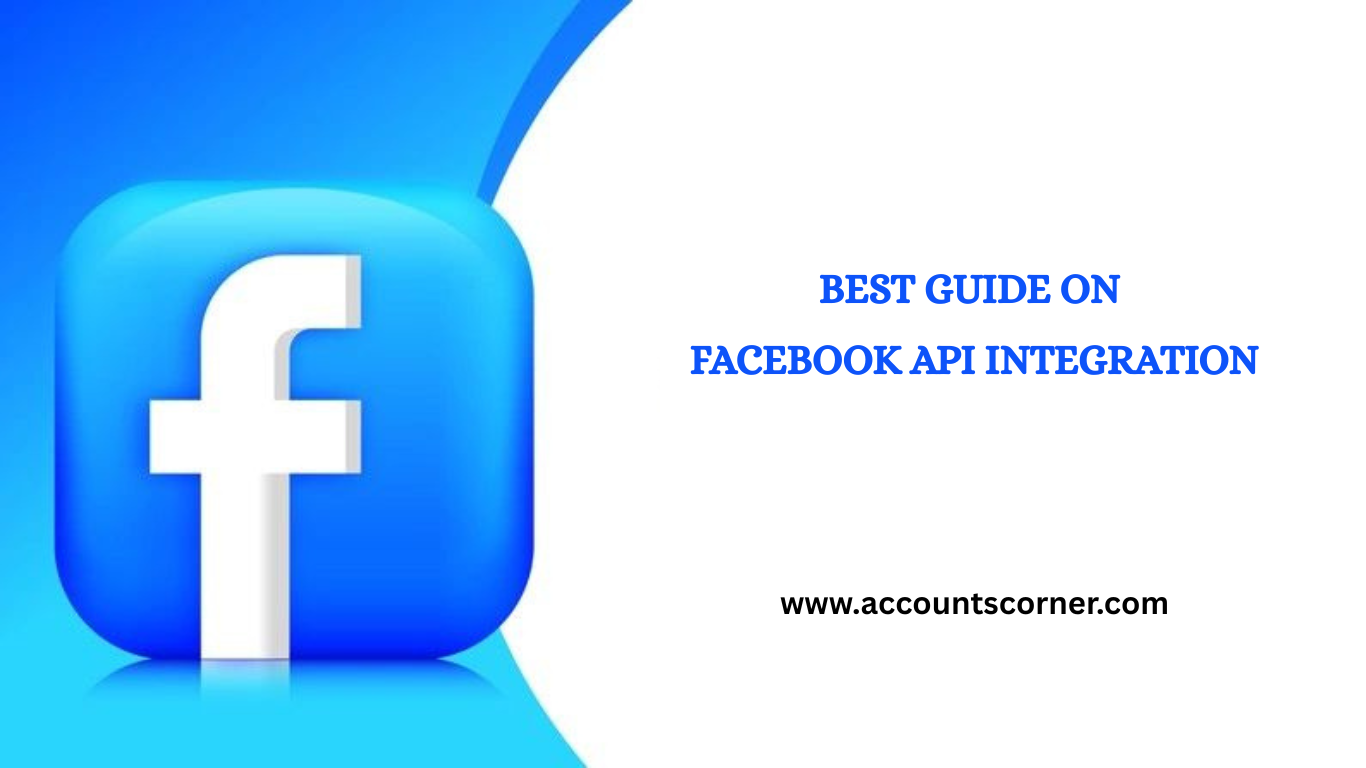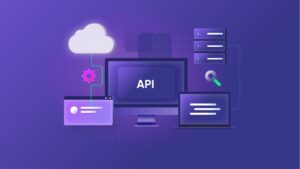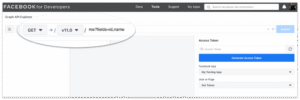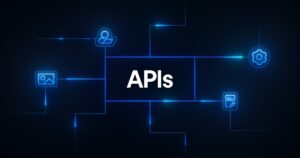Products
-
 Flicker New Accounts
Rated 5.00 out of 5$0.50
Flicker New Accounts
Rated 5.00 out of 5$0.50 -
 Discord New accounts With Gmail
Rated 5.00 out of 5$1.00
Discord New accounts With Gmail
Rated 5.00 out of 5$1.00 -
 Reddit New Accounts With Gmail
Rated 5.00 out of 5$1.00
Reddit New Accounts With Gmail
Rated 5.00 out of 5$1.00 -
 Quora New accounts With Gmail
Rated 5.00 out of 5$1.00
Quora New accounts With Gmail
Rated 5.00 out of 5$1.00 -
 Buy AOL AGED Accounts
Rated 5.00 out of 5$1.00
Buy AOL AGED Accounts
Rated 5.00 out of 5$1.00 -
 Buy Outlook New Accounts
Rated 5.00 out of 5$1.00
Buy Outlook New Accounts
Rated 5.00 out of 5$1.00 -
 Buy Hotmail Aged Accounts
Rated 5.00 out of 5$1.00
Buy Hotmail Aged Accounts
Rated 5.00 out of 5$1.00 -
 Youtube Accounts With Channel and Video
Rated 5.00 out of 5$2.00
Youtube Accounts With Channel and Video
Rated 5.00 out of 5$2.00 -
 Youtube Accounts With Channel
Rated 5.00 out of 5$1.00
Youtube Accounts With Channel
Rated 5.00 out of 5$1.00 -
 Buy Twitter Aged Accounts 2010 to 2021
Rated 5.00 out of 5$1.50
Buy Twitter Aged Accounts 2010 to 2021
Rated 5.00 out of 5$1.50
BEST GUIDE ON FACEBOOK API INTEGRATION IN 2025
Posted by:
sangeetha

Learn everything about Facebook API Integration in 2025 with our step-by-step guide. Discover how to connect apps, automate tasks, and enhance your marketing performance.
People are wondering about how the constantly evolving landscape of Facebook API Integration will work, wondering how you’ll ever keep up with the rapid changes that seem to break your applications and workflows every few months. The frustration of investing weeks into building a perfect integration only to have it stop working due to unexpected policy updates or deprecated endpoints creates genuine stress for developers who depend on Facebook’s platform for their projects.
This technical whirlwind affects thousands of developers, marketing professionals, and business owners who’ve built their digital strategies around Facebook’s ecosystem. You’ve probably experienced that sinking feeling when your carefully constructed social media management tool, customer engagement platform, or analytics dashboard suddenly stops functioning because of an unannounced API change or stricter permissions policy.
The reality is that mastering Facebook API integration in 2025 requires understanding not just the technical implementation, but also the strategic approach to building resilient applications that can adapt to Facebook’s evolving platform. With the right knowledge and preparation, you can create integrations that thrive despite the platform’s constant evolution.
Table of Contents
ToggleUnderstanding Facebook’s API Ecosystem and Facebook API integration in 2025
Facebook’s developer platform has undergone massive transformation to prioritize user privacy, data security, and more granular permission controls while maintaining powerful functionality for legitimate business applications. The current ecosystem emphasizes quality over quantity, requiring developers to demonstrate clear value propositions and comply with stringent review processes.
Services like Accountscorner.com specialize in navigating these complex requirements and helping businesses implement compliant, robust Facebook API integration with ban preventions that survive platform changes and policy updates.
Platform maturity has led to more stable core APIs, but also increased complexity in authentication, permission management, and compliance requirements. Understanding these fundamentals is crucial before diving into specific implementation details.
The shift toward privacy-first architecture means that many previously simple integrations now require multi-step authentication flows, detailed permission requests, and ongoing compliance monitoring. This evolution reflects Facebook’s response to regulatory pressure and user demands for greater control over their data.
Business verification requirements have become more stringent, with Facebook requiring detailed documentation of how applications use data and what value they provide to users. These requirements affect both the initial development process and ongoing application maintenance.

Essential API Components and Updates
Graph API Evolution
The Graph API remains the cornerstone of Facebook integration, but version 18.0 introduces significant enhancements in privacy controls, data access limitations, and permission granularity. New features include real-time consent management, enhanced audit trails, and improved error handling that provides clearer guidance for developers.
Breaking changes from previous versions affect authentication flows, data field availability, and rate limiting structures. Understanding these changes helps developers migrate existing applications and build new integrations that comply with current standards.
Enhanced debugging tools now provide more detailed information about API calls, permission issues, and compliance problems, making it easier to identify and resolve integration issues quickly.

Marketing API Enhancements
The Marketing API has expanded significantly with advanced attribution models, improved audience insights, and enhanced campaign management capabilities. New features support more sophisticated advertising automation and performance tracking that previously required multiple API calls.
Attribution modeling improvements provide deeper insights into customer journey mapping and conversion optimization, enabling more effective marketing automation and ROI measurement.
Audience management tools have become more powerful while respecting user privacy preferences, allowing for sophisticated targeting without compromising data protection standards.
Implementation Strategy and Best Practices
Authentication and Security Framework
OAuth 2.0 implementation has become more complex but also more secure, with additional verification steps and enhanced token management requirements. Proper authentication setup requires understanding multiple token types, refresh mechanisms, and secure storage practices.
App secret proof requirements add an extra security layer that prevents unauthorized API access even if access tokens are compromised. Implementation involves generating cryptographic signatures for each API call using your app secret.
Webhook verification ensures that incoming data from Facebook is authentic and hasn’t been tampered with during transmission. Proper webhook setup includes signature verification and secure endpoint configuration.
Permission Management Strategy
Granular permissions now allow users to control exactly what data they share with your application, but this also means more complex permission management and potentially incomplete data sets. Design your applications to gracefully handle missing permissions and provide clear value even with limited data access.
Permission review processes can take weeks or months for advanced permissions, requiring careful planning and documentation of your application’s functionality and data usage. Prepare comprehensive documentation explaining exactly how you use each requested permission.
Dynamic permission requests based on user actions provide better user experience than requesting all permissions upfront, but require more sophisticated application logic to handle varying permission states.
Common Integration Challenges and Solutions
Rate Limiting and Performance Optimization
Facebook’s rate limiting has become more sophisticated, with different limits for different API endpoints and user-specific throttling based on usage patterns. Understanding rate limits helps you design applications that maximize performance while staying within platform constraints.
Batch requests can significantly improve performance and reduce rate limiting issues by combining multiple API calls into single requests. Proper batch implementation requires understanding which operations can be batched and how to handle partial failures.
Caching strategies become essential for applications that make frequent API calls, but must balance performance improvements with data freshness requirements and Facebook’s real-time data policies.
Error Handling and Resilience
Robust error handling is crucial for maintaining application stability as Facebook API Integration continue evolving. Implement comprehensive error handling that can gracefully manage API changes, temporary outages, and permission issues.
Exponential backoff strategies help manage temporary API failures and rate limiting without overwhelming Facebook’s servers or degrading user experience.
Fallback mechanisms ensure your application continues functioning even when specific API features become unavailable due to platform changes or maintenance.

Advanced Integration Techniques
Real-Time Data Processing
Webhooks provide real-time updates about user activities, page interactions, and advertising campaign performance without requiring constant API polling. Proper webhook implementation requires secure endpoint setup and efficient data processing capabilities.
Real-time personalization becomes possible with webhook data, enabling applications to respond immediately to user actions and provide more engaging experiences.
Data streaming architectures help manage high-volume webhook data while maintaining performance and reliability under varying load conditions.
Multi-Platform Integration
Instagram and WhatsApp API integration through Facebook’s unified platform provides opportunities for comprehensive social media management and customer engagement solutions. Cross-platform functionality requires understanding each platform’s unique features and limitations.
Unified authentication flows across Facebook’s family of platforms simplify user experience while maintaining security and privacy standards across different services.
Compliance and Maintenance
Ongoing Compliance Requirements
Regular compliance audits ensure your application continues meeting Facebook’s evolving standards and user privacy requirements. Document your compliance procedures and maintain detailed records of how you collect, process, and store user data.
Privacy policy updates must reflect your actual data usage practices and comply with both Facebook’s policies and regional regulations like GDPR or CCPA.
User data deletion procedures must be implemented to handle user requests and comply with privacy regulations regarding data retention and removal.
Version Management and Updates
API versioning strategy helps maintain application stability while adopting new features and compliance requirements. Plan migration timelines well in advance of version deprecation dates to avoid service disruptions.
Backward compatibility testing ensures your application continues working correctly as you adopt new API versions and features.
Expert services like Accountscorner.com provide ongoing monitoring and maintenance support to help businesses stay compliant on using Facebook for Classifieds with Facebook’s evolving requirements while maximizing their integration benefits.
Frequently Asked Questions
Q: How long does it take to get approval for advanced Facebook API integration permissions?
A: Advanced permission reviews typically take 7-14 business days, but complex applications requiring sensitive permissions can take several weeks or months. Submit your review with comprehensive documentation, clear use cases, and demonstration videos to expedite the process.
Q: What happens to my existing Facebook API integration when new versions are released?
A: Facebook maintains backward compatibility for approximately 2 years after releasing new API versions. However, deprecated features may stop working sooner, so plan migrations within 6-12 months of new releases to avoid disruptions and take advantage of improved features.
Q: Can I use Facebook API integration for automated posting and social media management?
A: Yes, but with restrictions. You need proper permissions, must comply with Facebook’s automation policies, and should focus on providing value to users rather than spam-like behavior. Business verification and detailed use case documentation are typically required for publishing permissions.
Q: How do I handle Facebook API integration rate limits in high-volume applications?
A: Implement intelligent rate limiting with exponential backoff, use batch requests when possible, cache frequently accessed data appropriately, and consider distributing API calls across multiple applications if legitimate. Monitor your usage patterns and optimize based on actual limits and performance needs.
Q: What’s the most important factor for successful Facebook API integration in 2025?
A: User privacy compliance and clear value demonstration are most critical. Facebook prioritizes applications that provide genuine user benefits while respecting privacy preferences. Focus on building applications that solve real problems and clearly communicate their value to both users and Facebook’s review team. Accountscorner.com emphasizes to Buy Facebook Accounts that successful integrations balance technical excellence with strong privacy practices and user-centric design.
















